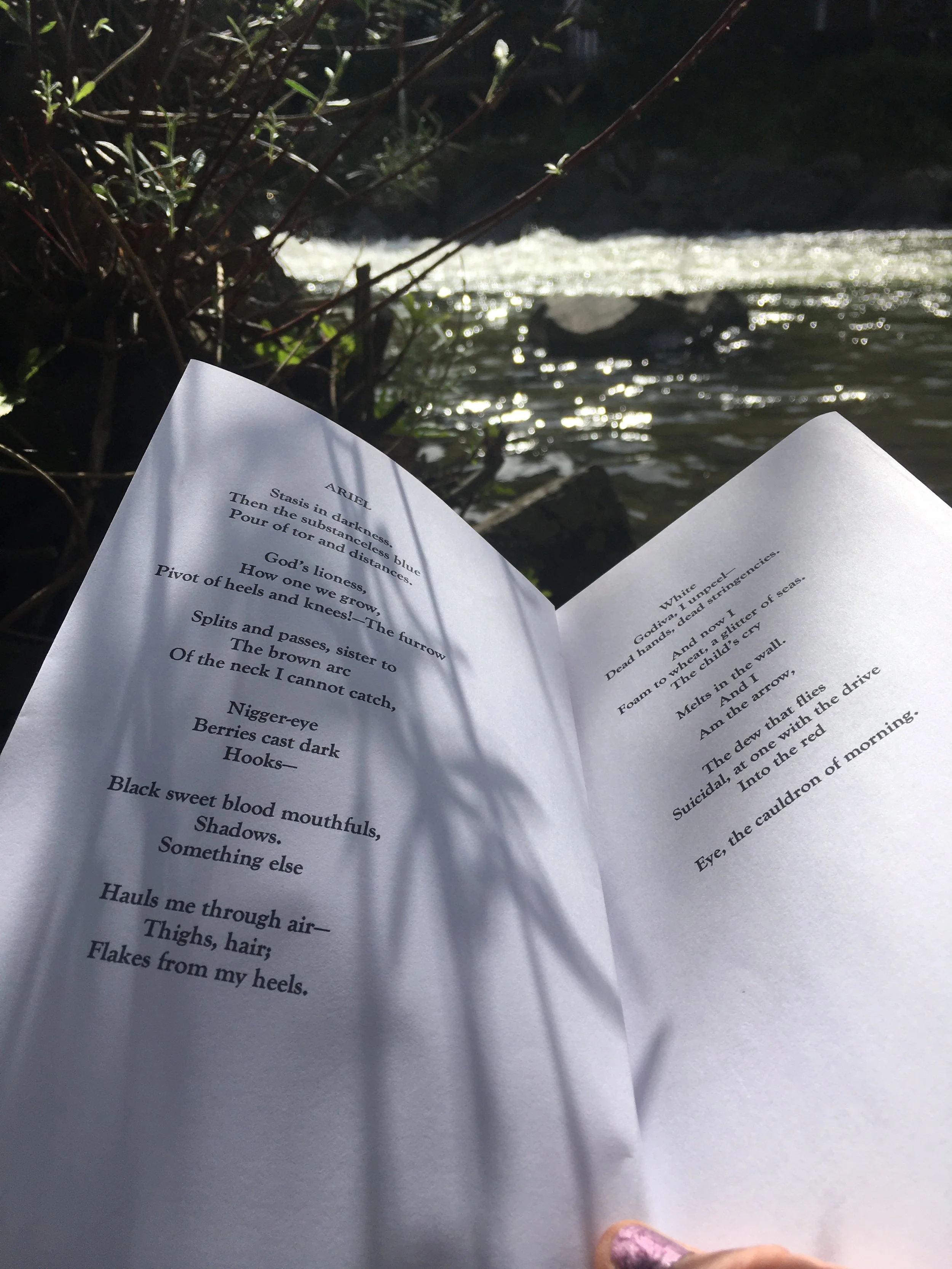Movement and Rhythm
/In ‘The Poetic Principle’, Edgar Allen Poe says,
I would define, in brief, the poetry of words as the rhythmical creation of beauty.
Poets out there will probably feel comfortable with that definition. Prose writers perhaps less so. But the line between poetry and prose is a blurred one, and those of us who write prose would also do well to embrace it.
Virginia Woolf describes how,
A sight, an emotion, creates this wave in the mind, long before it makes words to fit it ...
Our job then is to transfer that life, movement, and rhythm into words on a page, that others may know it.
Gerard Manley Hopkins, in his journal, presents us with a fine example of how it reads when you do it well. This is his description of the movement and rhythm of a wave.
Aug. 13 — Heavy seas: we walked along the sea wall to the Kennaway Tunnel to watch them. The wave breaks in this order — the crest of the barrel 'doubling' (that, a boatman said, is the word in use) is broken into a bush of foam, which, if you search it, is a lace and tangle of jumping sprays; then breaking down these grow to a sort of shaggy quilt tumbling up the beach; thirdly this unfolds into a sheet of clear foam and running forward it leaves and laps the wave reaches its greatest height upon the shore and at the same time its greatest clearness and simplicity; after that, raking on the shingle and so on, it is forked and torn and, as it commonly has a pitch or lurch to one side besides its backdraught, these rents widen; they spread and mix and the water clears and escapes to the sea transparent and keeping in the end nothing of its white except in long dribble-bubble strings which trace its set and flow.
Wild words indeed.
Wild words have a broad range of expression, and vocabulary. The verbs are strong, and varied. They mostly stand alone.
When describing a person’s passage down a street, that person doesn’t just run, they canter, charge, and gallop. When describing their conversation, they don’t just talk, they squeak, they howl, and they rant. Strong verbs rarely need an adjective. Adjectives are used with great prudence.
As living, breathing creatures, Wild words are flexible and malleable. The wild storyteller plays with rhythm for strongest effect. A rhythm can be said to be a ‘regular recurrence or pattern in time’.
Wild words have rhythms, as varied as the gaits of the numerous wild creatures.
Rhythm can be achieved in many ways: including by choice of sentence length, by use of white space, by assonance, resonance and rhyme.
The basis of their rhythm is iambic, the di-DUM di-DUM di-DUM that spoken English has always moved to. The wild storyteller knows that when these rules of internal rhythm are broken without good reason, the result can be clotted prose, writing that does not flow.
Wild words play skilfully with listener and reader expectations, noting the effect that a change of rhythm has on those receiving the story.
The Monthly Writing Prompt
Write about water: the sea, a lake, river, pond, or rain storm. Describe it, in poetry or prose, with precision. Look closely, and be curious. Can you reflect and heighten all its varying moods through the use of rhythm in your words?












Winter Solstice Competition Runner-up: Hannah Ray, with You Were Born in a Pandemic